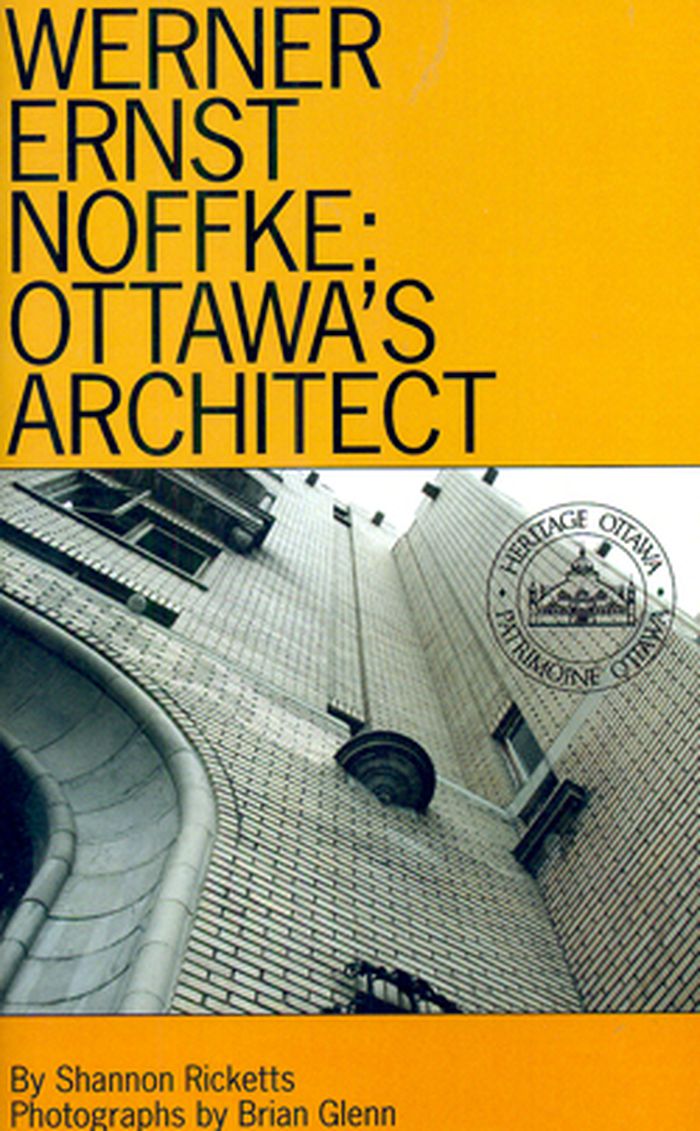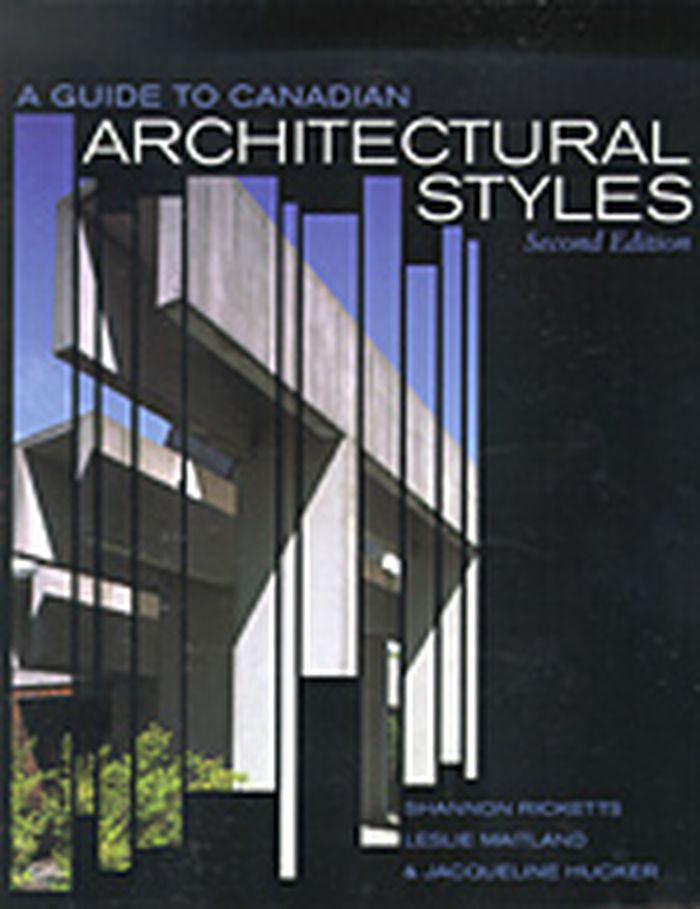$15.00
(available to order)
Summary:
Werner Ernst Noffke (1878-1964) was one of Ottawa's most influential and prolific architect. Noffke set up his practice in 1901, building homes for upper-level civil servants in the growing residential area of Sandy Hill and designing commercial structures in the downtown core.
Werner Ernst Noffke : Ottawa's architect
Actions:
Price:
$15.00
(available to order)
Summary:
Werner Ernst Noffke (1878-1964) was one of Ottawa's most influential and prolific architect. Noffke set up his practice in 1901, building homes for upper-level civil servants in the growing residential area of Sandy Hill and designing commercial structures in the downtown core.
Canadian Architects
$46.95
(available to order)
Summary:
In the ten years since the first edition of "A Guide to Canadian Architectural Styles" was published, the heritage movement has gained strength, sensitizing many to the value of our architectural legacy. This new edition reflects an enriched understanding of architecture that focuses more on the visual and cultural setting of the built environment and less on individual(...)
Architecture in Canada
September 2003, Peterborough, Ontario
A guide to Canadian architectural styles, second edition
Actions:
Price:
$46.95
(available to order)
Summary:
In the ten years since the first edition of "A Guide to Canadian Architectural Styles" was published, the heritage movement has gained strength, sensitizing many to the value of our architectural legacy. This new edition reflects an enriched understanding of architecture that focuses more on the visual and cultural setting of the built environment and less on individual works seen in isolation. Today, we cherish the buildings that characterize the original Main Street / rue Principale - the bank building, the shops, the old hotel, the post office, the city hall. There is more recognition for older inner-city neighbourhoods, with their row housing, churches, and community halls as well as for our often romantic attachment to vernacular rural architecture. This interest in more ordinary-looking architecture marks both the democratization of Canada's heritage movement and its coming of age, for the value of these more modest structures lies in their unique ability to sustain a sense of identity. This book provides an essential profile of the origins and development of the many architectural styles across Canada, from early settlement to the postmodern period, and discusses special forms such as religious, civic, domestic, commercial, and industrial design. While remaining true to the accessible format of the first edition, the second offers updated and considerably expanded text, as well as many more illustrations.
Architecture in Canada

